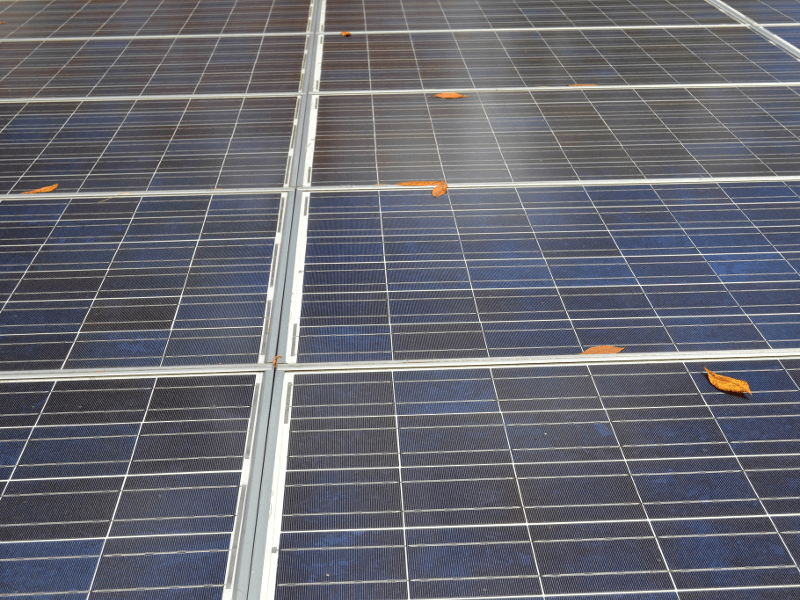Darlington Point solar farm (DPSF) is a 333MWDC (275MWAC) photovoltaic (PV) solar farm to be built approximately 10km south of Darlington Point in New South Wales (NSW), Australia. It is touted to be the biggest solar power project in Australia.
Edify Energy, a renewable energy company based in Australia, is developing the solar farm in partnership with Octopus Investments.
The NSW Department of Planning and Environment granted development consent for the project in December 2018.
Ground-breaking on the A$450m ($324m) solar project is expected to be held in the first half of 2019, while commissioning is expected to be completed in the first half of 2020.
The solar farm is expected to generate 685,000MWh of renewable energy a year, which will be enough to power more than 115,000 Australian homes.
It will also offset 600,000 tonnes (t) of CO2 emissions a year over its estimated life of 30 years.
Darlington Point solar project financing
Edify Energy and Octopus Investments announced the financial closure for the project after securing joint debt facility from the Commonwealth Bank of Australia and Westpac in January 2019.
Darlington Point solar farm site details
The Darlington Point solar farm will be developed on a 975ha site on an open and flat terrain near Griffith in western NSW, which was earlier used for cattle grazing.
The project site possesses excellent solar irradiance and is located in close proximity to TransGrid’s existing Darlington Point substation.
The site is easily accessible via the Sturt Highway.
Darlington solar farm make-up
The Darlington Point solar farm will comprise approximately 820,000 HiKu CS3W-P poly-crystalline solar power panels supplied by Canadian Solar.
Measuring 2.10mx1.05m in size, each 1,500V high-efficiency solar panel will be mounted on single-axis tracking system to track the movement of the sun.
At maximum tilt, the solar modules will have a minimum ground clearance of 500mm and maximum ground clearance of 3m. The rated power capacity of each panel will be 400W.
The direct current (DC) power generated by the PV panels will be converted into alternating current (AC) at the inverter stations located 80m away from the solar farm boundary.
A 100MWh battery energy storage facility, comprising 970 cubicles to house lithium-ion battery cells, is also planned to be developed on a 2ha site, as part of the project.
Transmission details
The electricity generated by the solar farm will be collected and transmitted via 33kV underground cable to the solar farm’s switchyard, where it will be stepped up to 132kV before being connected to the nearby TransGrid’s 330kV Darlington Point substation at Donald Ross Drive.
Power purchase agreement (PPA)
Delta Electricity signed a long-term power purchase agreement (PPA) to off-take 150MWAC (approximately 55% of the total output) from the Darlington Point solar farm, in December 2018.
Contractors involved
Signal Energy Australia, in a joint-venture with Canadian Solar, was awarded the engineering, procurement, and construction (EPC) contract for the project in January 2019.
Signal Energy is responsible for the construction, whereas Canadian Solar will provide the solar panels and look after the operation and maintenance (O&M) of the Darlington solar farm.




